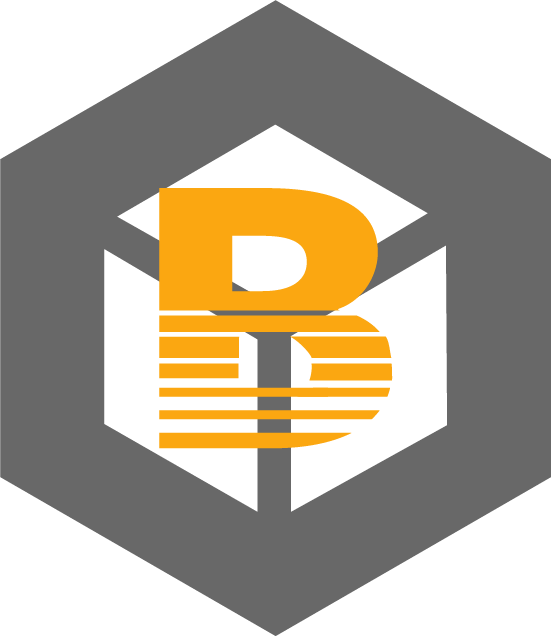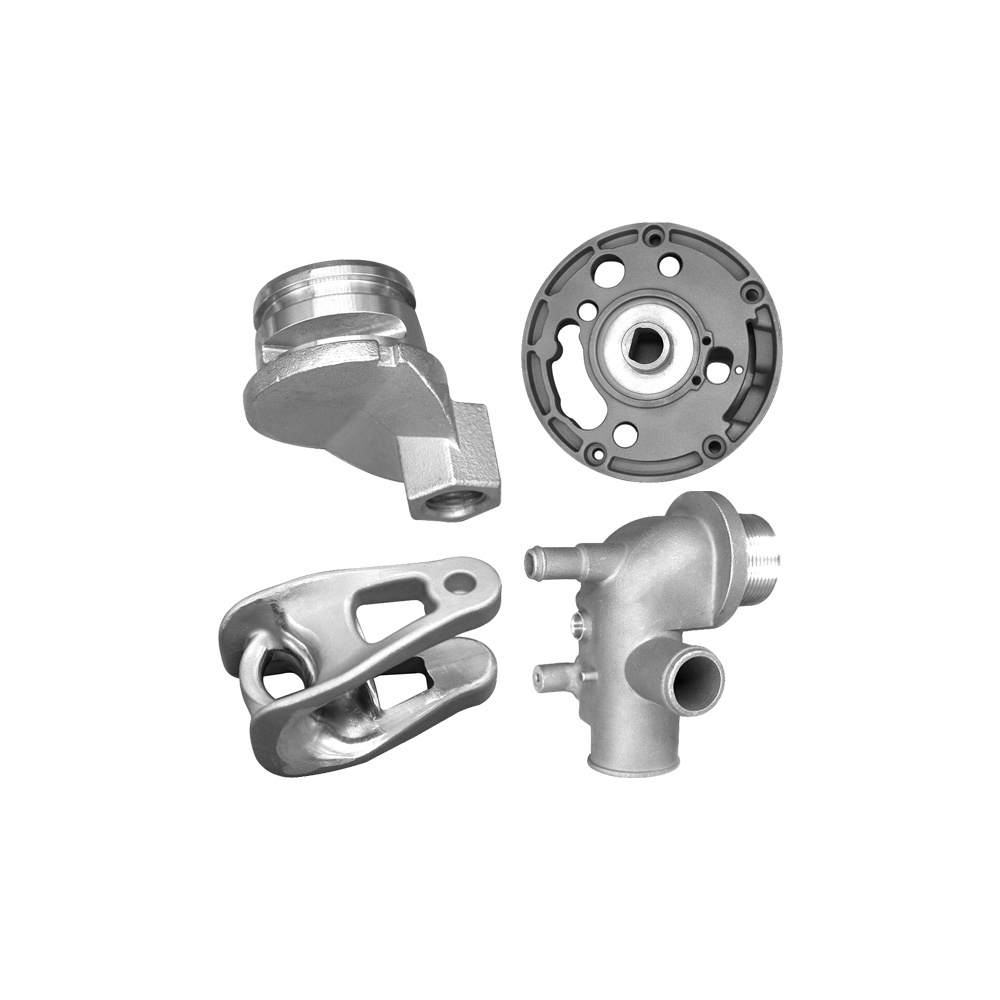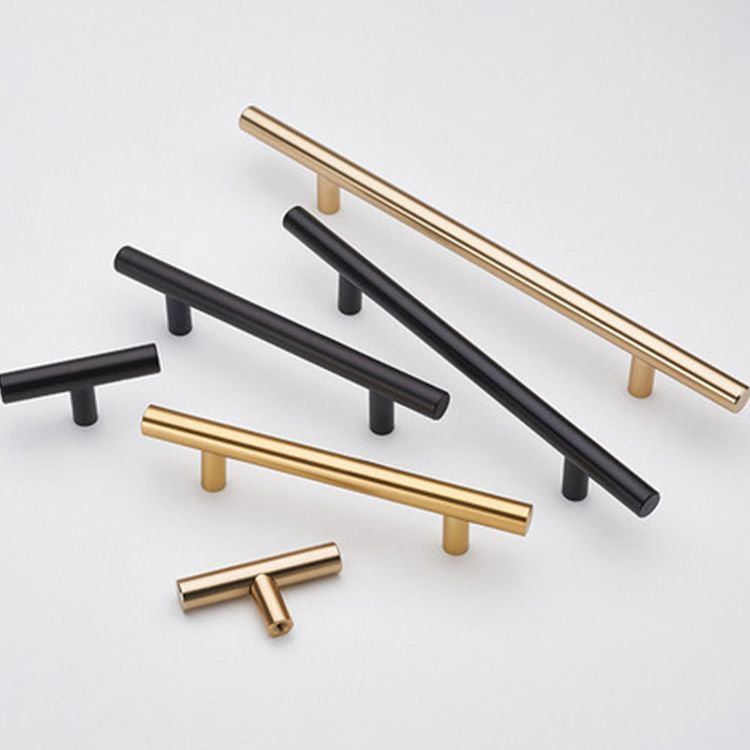 Esperanto
Esperanto
 Shqiptare
Shqiptare
 Euskara
Euskara
 Zulu
Zulu
 Latinus
Latinus
 Cymraeg
Cymraeg
 தமிழ்
தமிழ்
 Slovak
Slovak
 Slovak
Slovak
 Afrikaans
Afrikaans
Understanding Sheet Metal Fabrication: A Comprehensive Guide for the Manufacturing Industry
Release time:
2025-07-18
Source:
The process typically begins with the selection of suitable materials, which can include aluminum, steel, copper, and other metals, depending on the desired properties of the final product. Each material comes with its own advantages; for instance, aluminum is lightweight and resistant to corrosion, while steel offers high strength and durability.
One of the primary methods employed in sheet metal fabrication is cutting. This can be achieved through various techniques, including laser cutting, plasma cutting, and waterjet cutting. Each method has its unique benefits, with laser cutting being favored for its precision and ability to create intricate designs. Following cutting, the next step often involves bending the metal sheets into the desired angles and shapes. This is typically done using press brakes or other bending machines, ensuring that the final product meets exact specifications.
Assembly is another crucial stage in sheet metal fabrication. Techniques such as welding, riveting, or using adhesives are common, allowing for the joining of different metal parts to create a final product that is both functional and robust. The choice of assembly method depends on the application and the required strength of the final assembly.
In terms of applications, sheet metal fabrication is widespread across various industries, including automotive, aerospace, electronics, and construction. Its versatility allows for the creation of diverse products, ranging from vehicle parts and enclosures to architectural elements and appliances. The ability to customize designs also makes it a preferred choice for many manufacturers, as it enables them to meet specific customer needs.
The benefits of sheet metal fabrication extend beyond just product creation. By utilizing modern fabrication technologies, manufacturers can achieve higher efficiency, reduce material waste, and enhance production speed. Additionally, the use of advanced software for design and CAD modeling can streamline the fabrication process, ensuring accuracy and consistency.
In conclusion, sheet metal fabrication is a fundamental process in the manufacturing sector that enables the creation of a wide range of products. By understanding its intricacies, businesses in mechanical hardware processing can leverage this knowledge to improve their operations, meet customer demands, and stay competitive in the market. Whether it’s through cutting-edge technology or traditional methods, the art of sheet metal fabrication holds significant importance for modern manufacturing.
Sheet Metal Fabrication
Related News
2025-12-14 12:00
Understanding CNC Turning and Milling Parts: A Comprehensive Guide for Precision Manufacturing
CNC (Computer Numerical Control) turning and milling are essential processes in the realm of precision manufacturing. These techniques are widely employed in the machining industry for producing intricate components that meet strict tolerances and specifications. Understanding the fundamentals of CNC turning and milling parts can enhance your knowledge of how these processes contribute to quality
2025-12-09 12:10
A Comprehensive Guide to Household Appliances Maintenance: Keep Your Home Running Smoothly
A Comprehensive Guide to Household Appliances Maintenance Household appliances are the backbone of modern living, providing convenience and efficiency in our daily routines. However, just like any other mechanical devices, they require regular maintenance to function optimally. In this guide, we will explore various household appliances, their maintenance needs, and practical tips to extend their
Let’s Talk
We can help you figure out your needs.




